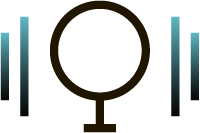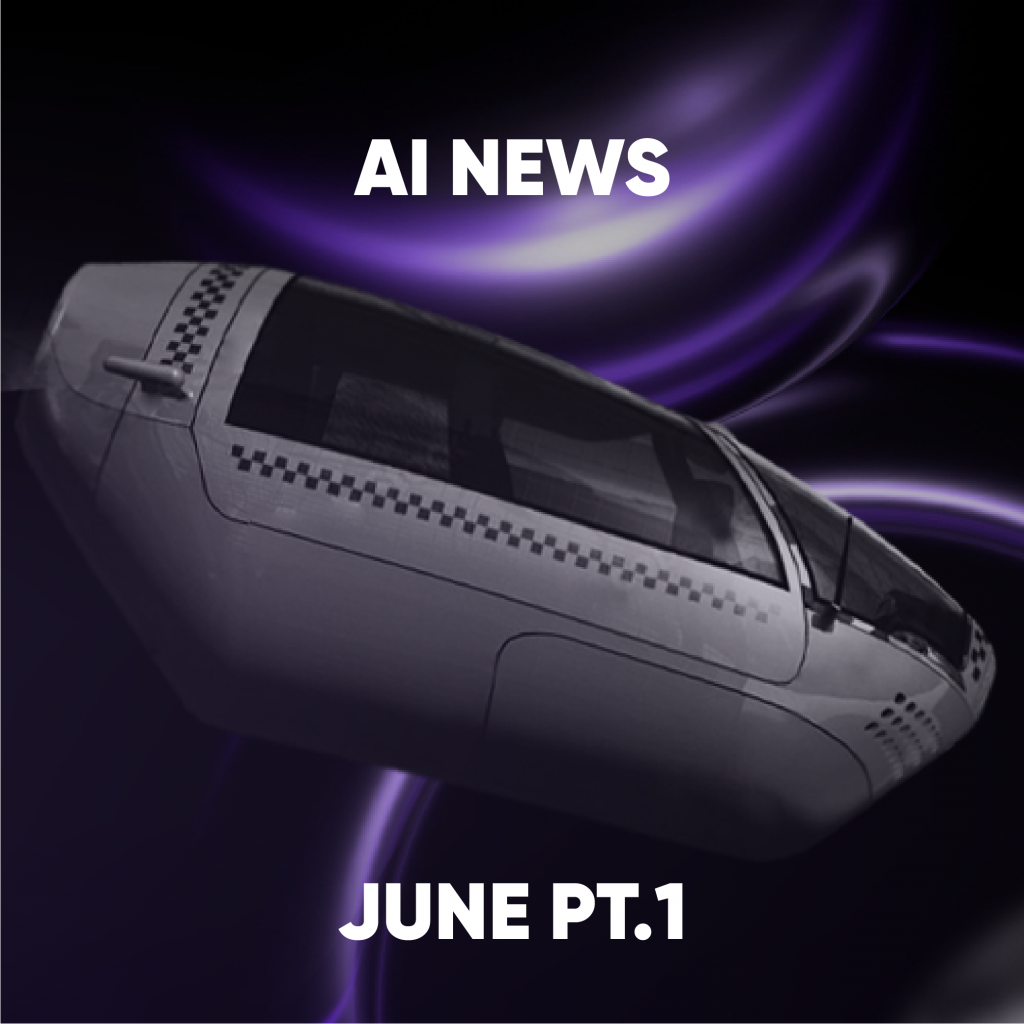





Metaverses: an overview of metaverse opportunities


Since ancient times, humanity has always sought to escape from reality, even if only temporarily: gods and religions, books, games, consciousness-altering substances, etc. were introduced. Now, we’re on the brink of realizing our dream with the invention of metaverses. Billions of dollars are being invested in this industry worldwide. So, what are these, and what opportunities, including for business, do virtual platforms offer today?
What is a Metaverse
In simple terms, a metaverse (metaverse) is a digital 3D space, a virtual ecosystem/platform, where everyone can create their avatar prototype (a digital twin). With it, you can live a life in the metaverse that mirrors reality: move around, engage in sports, buy and sell goods, learn, own assets, run a business, meet others, vacation at a resort, and so on. Metaverses are also termed as Web 3.0. Immersion into this alternate 3D world is mostly through specialized VR and AR equipment.


Key features of any metaverse:
- 1:1 object scale;
- a full sense of presence;
- the use of specialized controllers that allow the entire body to interact with the 3D world.
Currently, every IT giant is trying to create their virtual ecosystem. Each has its internal currency. Dozens of coins from different metaverses have appeared in the crypto market. It is expected that there will be a unified cryptocurrency in virtual reality in the future, but it remains to be seen which one it will be.


Metaverses can be both centralized in their architecture and decentralized. A single owner (usually a company) manages centralized platforms. In the latter case, the metaverse is built on the blockchain, and its community makes any decisions.
Principles of the metaverse
Metaverses can be seen as the next step in the development of the gaming industry, but they have some specific features:
- Infinite existence — the virtual world never ends, does not reboot, and does not stop functioning.
- Operates independently of external factors in real-time, but events can be planned.
- There’s no limit to the number of simultaneous users. Anyone can join the metaverse at any time, having the same rights as others.
- It features a full-fledged economy: people/companies pay for goods, assets, or services with a universally recognized digital currency.
- The 3D universe is a synchronous single digital entity, a synergy of the physical and digital worlds (e.g., social networks and other platforms).
- Any digital items, assets, content are compatible and can be transferred between digital worlds.
The main goal of the metaverse concept is to provide users with complete freedom. There are no restrictions for businesses: any project in the field of entertainment, work, or services can be implemented.


Most popular metaverses
Today, the most popular metaverses include Roblox, Decentraland, Sandbox, and Spatial.
Roblox
This metaverse gaming platform was founded back in 2006 by David Baszucki. Now it has over 45 million active users. The platform is centralized. Its cryptocurrency Robux is used for purchasing various in-game items and additional game functionality. Brands such as Lego, Hasbro, and Nerf are present on the platform. It allows users to create their own games. Using it is completely free, with no elevated equipment requirements. All platform content is created by the community.


Decentraland
This metaverse platform is currently the most densely populated. It was founded in 2017. The system is built on Ethereum. Cryptocurrencies ETH and MANA are used to purchase land (with over 90,000 land plots available), intellectual property items, and many other platform features. This metaverse is decentralized: it is governed by a DAO — Decentralized Autonomous Organization. Today, brands such as Samsung, Atari, and HTC can be found in Decentraland. It allows users to build their own locations.


The Sandbox
This gaming metaverse was created with a “sandbox” principle based on Ethereum and was founded in 2012. In The Sandbox, you can easily immerse from a regular monitor or smartphone. The cryptocurrency SAND is used for transactions within the virtual platform. Brands like Care Bears, Atari, and others are present in the metaverse. The Sandbox is also available for creating your own world/game.
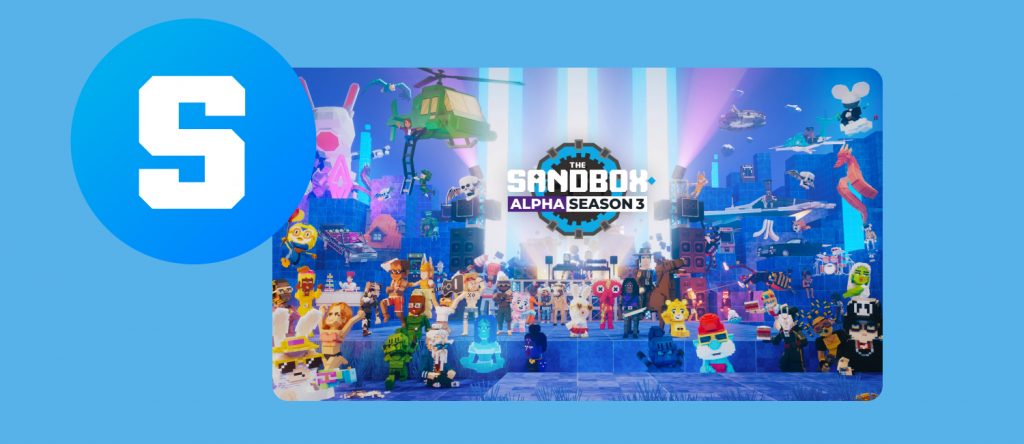

Spatial
The decentralized ecosystem is built on the Binance blockchain. The platform was founded in 2021 and consists of many infinite spaces. The aim of Spatial is to become a superverse for startups, especially in the fields of art and entertainment. In addition to making purchases, the SPAT token allows its holders to make managerial decisions in the metaverse. For creating custom locations in Spatial, there are ready-made templates of 3D models and simple tools. You can also upload your own models, images, audio, and video. As a result, Spatial has already attracted a number of designers, artists, and photographers. The platform hosts NFT collection exhibitions, art shows, and other events that anyone can attend.
|
Name
|
Year
|
Crypto
|
Brands
|
Creation availability
|
|
Roblox
|
2006
|
Robux
|
Lego, Hasbro, Nerf
|
Available
|
|
The Sandbox
|
2012
|
SAND
|
Care Bears, Atari, RollerCoaster Tycoon
|
Available
|
|
Decentraland
|
2017
|
MANA
|
Samsung, Atari, HTC
|
Available
|
|
Spatial
|
2016
|
SPAT
|
Vogue, Neosutras
|
Available
|
Among the currently popular metaverses are HORIZON Worlds, Journee, Axie Infinity, NEOS VR, VRChat, and others.


Opportunities for Business
According to preliminary forecasts, over the next ten years, the contribution of metaverses to the global GDP will be at least $3 trillion, and users will spend several hours daily in them. The largest brands and corporations are actively exploring the new opportunities offered by virtual platforms. Some examples include:
- Gucci hosted a virtual exhibition;
- Nike has registered several trademarks for the production and sale of its virtual goods and is hiring staff for it;
- Hyundai offers a virtual test drive of the Sonata N Line;
- Zara has released a virtual clothing collection;
- One of the first, eXp Realty, opened an international office in Web.3 in the form of an island;
- Disney plans to create attractions for virtual theme parks;
- H&M opened its virtual store (in Ceek City);
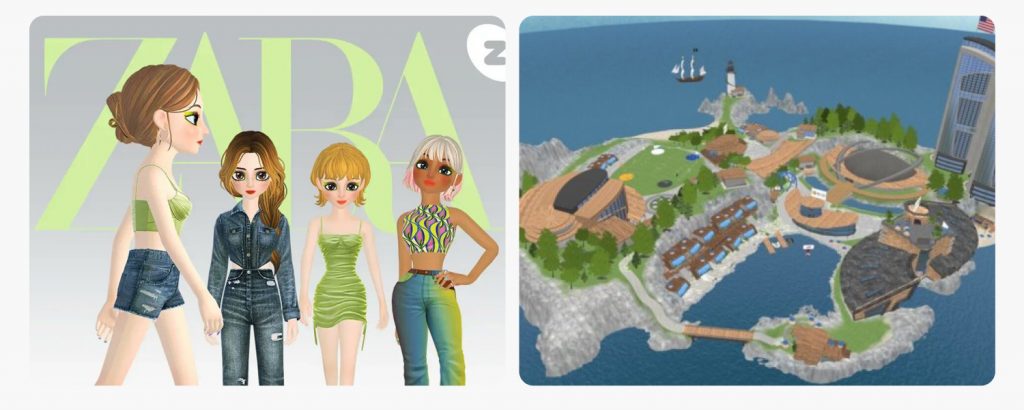

So, what opportunities do metaverses offer for businesses today:
- Interactive advertising;
- Significant expansion of the target audience, broadcasting values, experience, increasing customer loyalty;
- Organizing remote work (including for employees with disabilities);
- Hosting presentations, meetings, forums, conferences;
- Brand promotion, reputation management;
- Organizing galleries, NFT collection exhibitions;
- Telemedicine;
- Opening fashion boutiques, shopping and business centers;
- Selling products/services quickly, bypassing intermediaries;
- Hosting entertaining group events (including corporate events, concerts, weddings, parties);
- Creating new products;
- Business diversification;
- Investing;
- Expanding payment instruments;
- Real estate transactions, other assets;
- Organizing education: lectures, courses, trainings, master classes, webinars, etc.
To maximize benefits, it’s important to choose Web.3 appropriately based on the specifics of the company’s operations, characteristics of the metaverse audience, and to produce quality content on the chosen platform.
In Conclusion
Today, humanity stands essentially at the origins of creating parallel realities. However, it’s clear: as time goes on, the boundaries between the virtual and real world will increasingly blur.
Corporations continue to invest huge capitals in the meta industry. Giants like Google and Apple are aggressively acquiring companies operating in the virtual/augmented reality (VR/AR) domains. The metaverse is actively developing in Asia. For instance, South Korea has created a virtual replica of Seoul. The country’s government launched a metaverse with branded offices and “public services”. Sony invested more than $1 billion in the development of its metaverse, while Samsung has established 3 of its own Web.3 platforms.
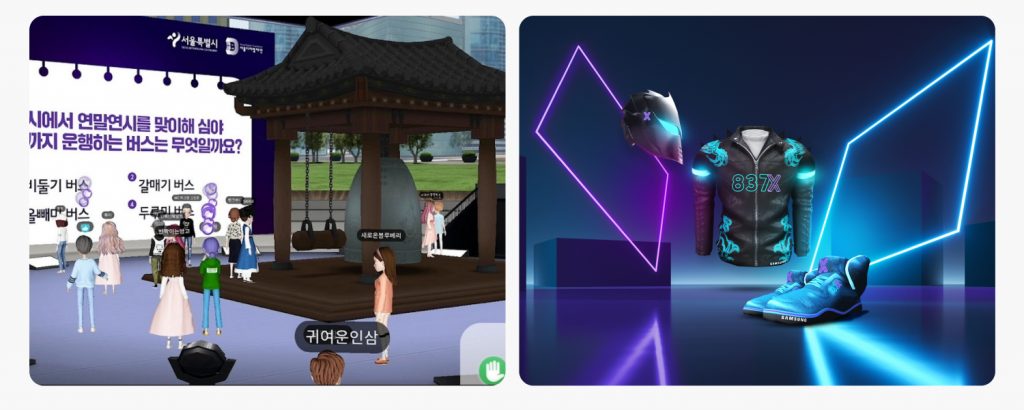

It’s crucial to note: in the virtual space, it doesn’t matter which country the brand or buyer is from, and no epidemics (like Covid-19) can hinder business operations, movement, or communication within it. It’s expected that over time, the metaverse will replace all social networks, marketplaces, and other applications. Currently, we have a unique opportunity to participate in the historic moment of creating a virtual world, leveraging all its advantages and possibilities.
